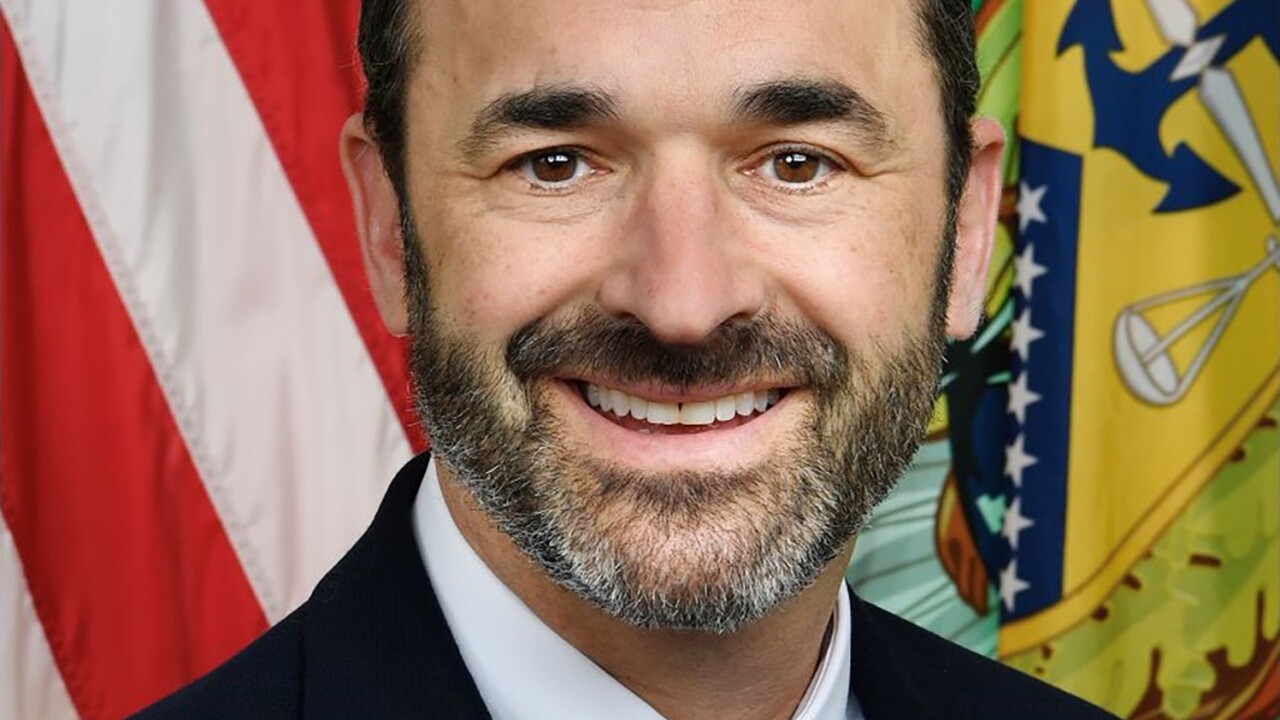Hurricane Sandy has prompted widespread discussion about what to do, how much to spend, and who should spend it to prepare for the next huge storm that hits the Northeast.
New York Gov. Andrew Cuomo is seeking $30 billion from the federal government for infrastructure aid, without much specific detail. New York City Council President Christine Quinn called for the Army Corps of Engineers to study such measures as protective seawalls, moving power lines underground and elevating subway platforms.
“It’s now crystal clear that we need to build protective structures,” said Quinn, a likely candidate for mayor in 2013. She wants the federal government to kick in $20 billion.
Mayor Michael Bloomberg said the sheer costs involved with such undertakings renders them largely impractical.
“It would be much better if everyone’s wires were buried, but where would the money come from? That would cost billions and billions,” he said. “The vast majority of New Yorkers have overhead wires. The same with seawalls. You could build them along the whole Atlantic Coast, from the Florida Keys to the northern edge of Maine, but I don’t think that’s something science can handle.”
The storm, though, has raised awareness about the need, even amid difficult economic times, to fortify New York’s infrastructure in the face of changing weather patterns, rising sea levels and warmer sea temperatures, all of which contribute to increased hurricane vulnerability in the tri-state region.
“There’s got to be a tremendous effort on the part of the local and state governments. They’ll have to finance municipal bonds and so forth. States are going to have to dig deeper into debt,” said Anthony Sabino, a St. John’s University business professor. “You’ll need to have public-private partnerships to work toward revamping everyone’s infrastructure. We have to have a top-to-bottom evaluation.”
New York City Comptroller John Liu agreed. “Such a horrific storm will certainly change the cost-benefit analysis in the discussion of what we need for some kind of better infrastructure for our areas,” he said in an interview.
A big variable is how much money Congress is willing to spend on the Northeast, which will have ripple effects on credit stresses for state and local governments.
“Whose nickel will this be on?” asked Jonathan Peters, a business professor at the College of Staten Island.
Moody’s Investors Service, in its weekly credit report on Thursday, said overall, Sandy is unlikely to change the credit quality of public finance bond issuers.
“Costs from the storm, however, create operational and budgetary risks for some local governments that could take a year or more to play out, but near-term liquidity appears manageable for most issuers,” the rating agency said. “In the end, we expect the storm to lead to only a handful of rating actions.”
Moody’s said its immediate focus is on the credit position of the most hard-hit local governments, including Atlantic City and Seaside Heights, N.J.; Long Beach, N.Y., and Nassau County, N.Y., which encompasses western Long Island.
“Some local governments were late on debt service payments during the storm, but these were rapidly cured,” Moody’s added.
New York’s City Council on Tuesday approved $500 in emergency capital funding to make vital repairs to public schools and public hospitals damaged by Sandy. The approval came one day after Bloomberg proposed it. The storm wrecked public school and hospital buildings throughout the city, with the most severe damage in the Rockaway peninsula, the eastern and southern shores of Staten Island, and southern Brooklyn.
Bloomberg’s plan called for $200 million for the Department of Education and $300 million for the New York City Health and Hospitals Corp. to repair extensive damage to school and hospital buildings. Repairs include structural restorations, new boilers, new electrical systems, roofs repairs and flood remediation.
The need to rebuild after Sandy, meanwhile, may provide momentum for public-private partnerships, or P3 projects.
“When the private sector is involved in this kind of rebuilding, it’s usually a strong international company with access to a lot of financing,” said Alan Rubin, a government-relations specialist at law firm Cozen O’Connor LP in New York who worked extensively in South Florida after Andrew hit in 1992. Disaster-relief bond programs, he said, can help make the necessary connections.
“There are French companies, Spanish companies, German companies that know how to build exactly the right tunnels. The expertise in the U.S. is not as good as in Europe,” said Rubin, who helped design and underwrite the catastrophe fund for hurricane relief and rebuilding post-Andrew, when he worked in Lehman Brothers’ investment banking division.
Miami at the time also adjusted its building codes. “Buildings there now have tempered glass that can withstand winds of up to 150 miles per hour,” Rubin said.
Letting people continue to live so close to the water is increasingly under question, and also raises public-private policy tensions.
“When you have private development along the waterfront, to what degree is that a public cost? When storms hit, you have to shift that cost from private to public,” said Peters, a longtime resident of Staten Island. “We have to make these decisions about Breezy Point and the south shore of Staten Island. And costwise, in addition to the $20 billion or so you need to build these things, there is the issue of ongoing maintenance. Once you develop it, you have to build it up.”
In the Breezy Point section of the Rockaway peninsula in southern Queens, about 100 homes burned to the ground when Sandy hit.
“It’s painful to say this, but we have to determine whether some low-lying areas are beyond salvation,” said Sabino, a Brooklyn native who founded a namesake law firm in Mineola, Long Island. “If one community can only be saved by a 55-foot wall and other by a 25-foot wall, you’ll have to use some common sense.”
Sabino experienced the long power outages on Long Island, the widespread criticism for which led to the resignation of Michael Hervey, chief operating officer of the Long Island Power Authority, and Cuomo’s appointment of a 10-member panel to investigate the operations of storm-affected power companies.
“Many utility workers from out of state — California, for example — have told a number of people that it was impossible to do the work the right way,” Sabino said. “The system is so out of date by about 20 to 25 years. It’s not even funny.”
Sabino also implored cities and states to push for more proactive measures from the federal government.
The Federal Emergency Management Agency “could have done a better job of pre-positioning assets such as generators and bottled water. They should have had as many barges as they could in the harbor, ready to move in,” Sabino said.
“Pre-position them in Long Island Sound; Bridgeport, Connecticut; Rhode Island; Boston Harbor, like it was D-Day,” he declared. “They should have had a convoy of gasoline tankers. It wasn’t like anyone was shooting at our ships.”





